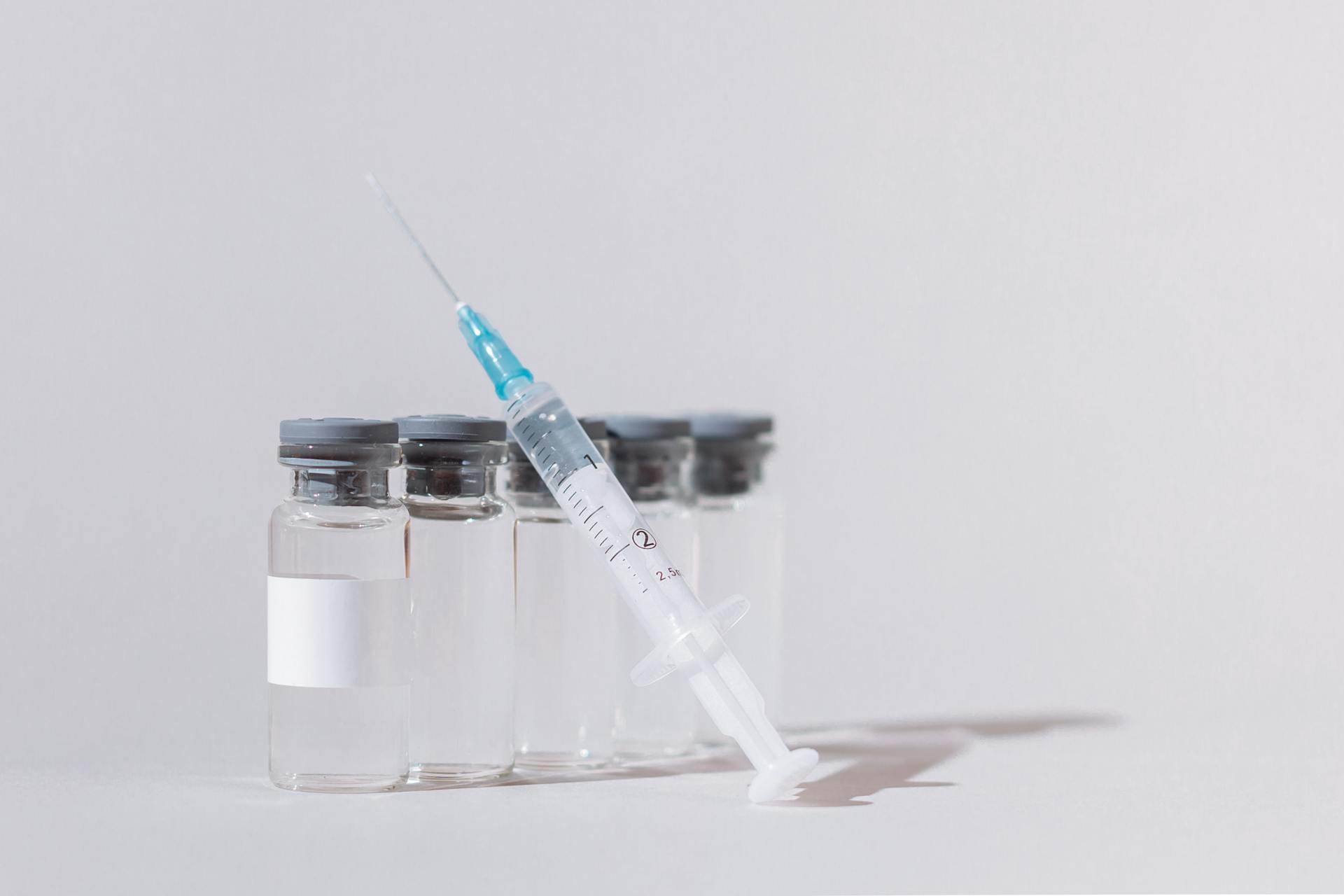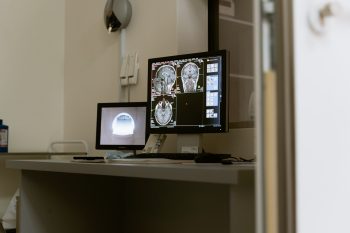Fatty liver is a very common disease worldwide (it affects 25-30% of the population) and can have important repercussions on the liver, such as the development of cirrhosis and cancer, and on other organs (cardiovascular accidents, etc.). Currently there is no specific drug to cure the disease and therefore numerous clinical trials are being carried out with different agents.
Two studies on the administration of two new drugs to patients with fatty liver disease have recently been published in the New England Journal of Medicine. In one of them, Survodutide, which is a dual agonist directed at glucagon and glucagon-like peptide-1 receptors (with the potential to increase energy expenditure and reduce appetite), has been used. A total of 243 patients were included and were treated with a once-weekly subcutaneous injection of Survodutide at doses of 2.4, 4.8, or 6 mg or placebo for 48 weeks.
It was found that 47% of patients treated with 2.4 mg of Survodutide, 62% of those receiving 4.8 mg and 43% of those receiving 6 mg presented an improvement in the liver compared to 14% of those who received placebo. There was also a decrease in fibrosis (indicating disease progression) in 34% (2.4 mg), 36% (4.8 mg), 39% (6 mg) and in only 22% of those treated with placebo.
Use of Tirzepatide for the fatty liver treatment
In the other study they used a similar drug, Tirzepatide (a dual agonist of glucose-dependent insulinotropic polypeptide and glucagon-like peptide-1 receptors), which causes insulin secretion and reduces appetite. A total of 140 patients with fatty liver were included and treated weekly with a subcutaneous injection of Tirzepatide (5, 10 or 15 mg) or with placebo for 52 weeks. It was found that in patients who received the drug, there was an improvement in fatty liver in 44% (5 mg), 56% (10 mg) and 62% (15 mg) compared to 10% of those receiving placebo, with a improvement in fibrosis in 55%, 51%, 51% and 30%, respectively. Side effects of both drugs were mild and included nausea, diarrhea, and vomiting.
Very significant results have been obtained with these two drugs in the treatment of fatty liver. More studies need to be done with a larger number of patients and in the opinion of Dr. Carreño and the other doctors of the Foundation, these drugs will probably not be available as a treatment for fatty liver until at least 2026.




